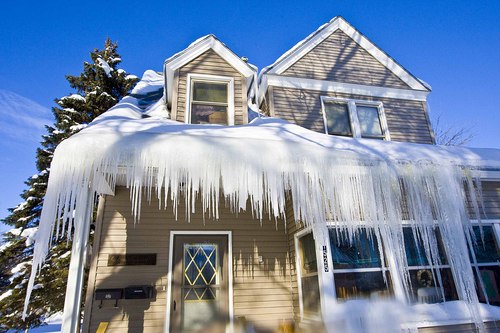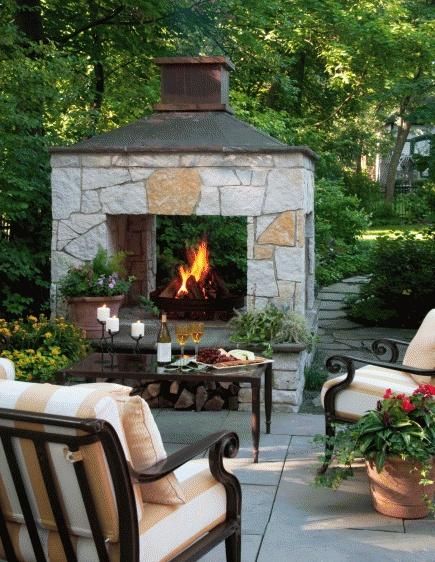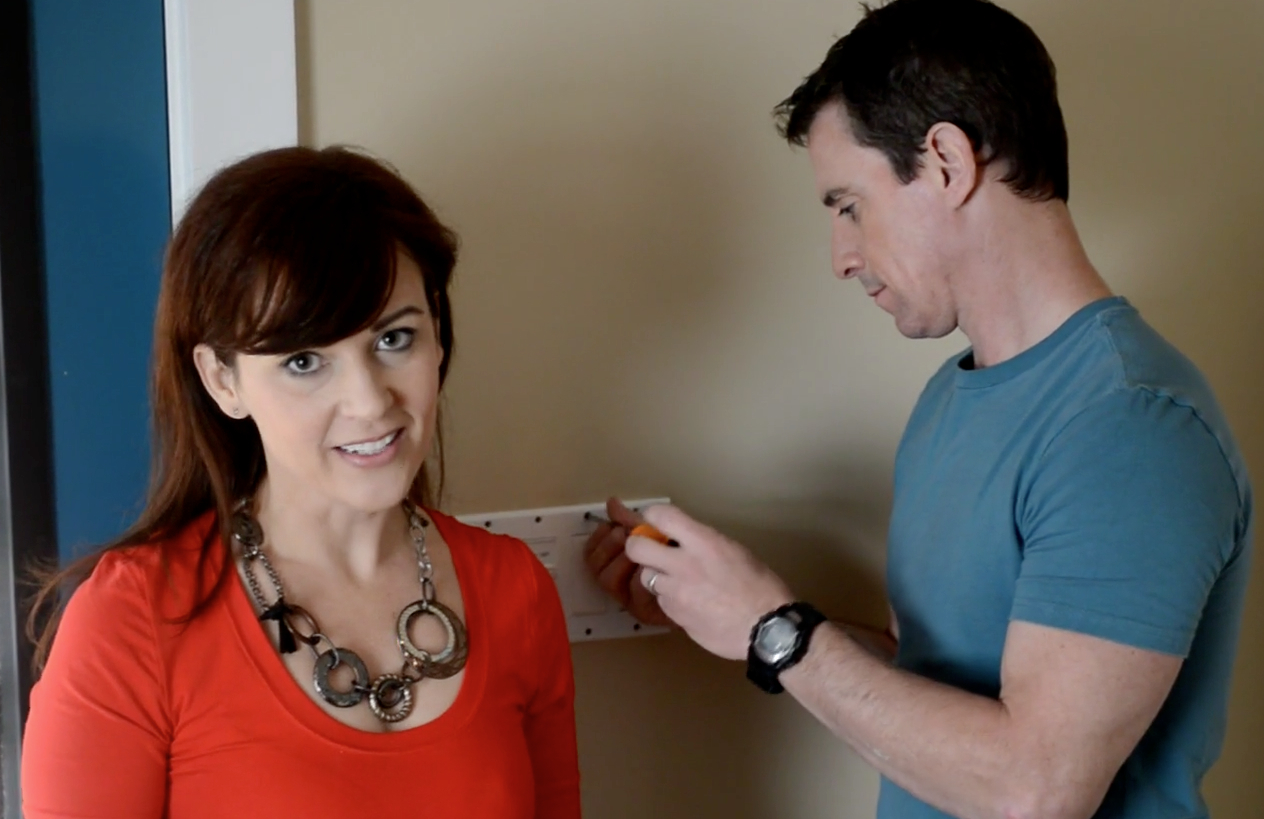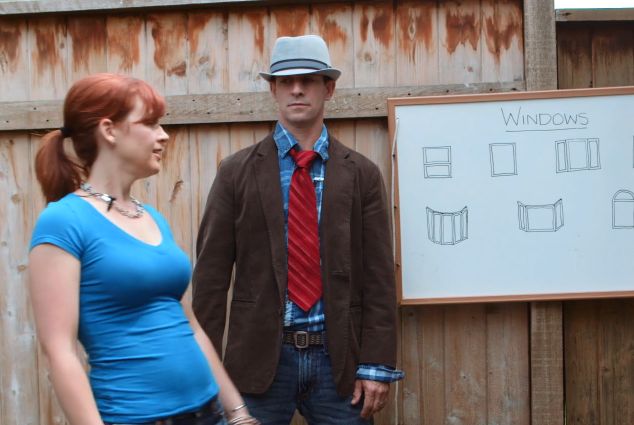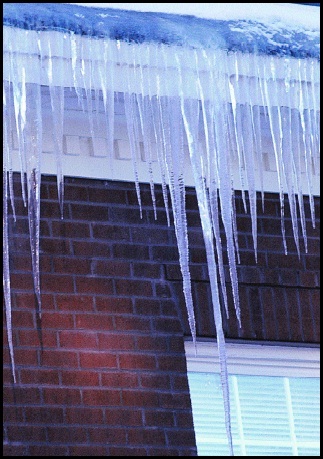
An ice dam is an open invitation for water to invade your house and cost lots of fear and money.
An ice dam is also a great way to give lots of your money to a roofer when it tears the gutters off.
Or…
Prevent an ice dam with some smart DIY.
If you do get an ice dam, don’t try to break it off. That’s just pouring gasoline on the fire. And, don’t trust a roofer who says he can break it off.
What is an ice dam? Think of an ice dam like a three-legged stool: Above-freezing temperatures + below-freezing temperatures + snow are the three legs.
Remove one leg of the stool and the problem should disappear.
Here’s the chain reaction: It snows. Temperatures remain below freezing. Snow sits on the roof. Air inside the attic is above freezing. The snow in contact with the roof melts. That water drains to the edge of the roof and re-freezes forming an ice barrier or dam. New water can’t get past so it causes more ice (and icicles). Once the dam builds up enough ice to where it is above freezing, the water remains liquid. It can’t go down any more, so it goes up. Under the shingles and into the house.
“Hey honey, it’s snowing outside, right?! But get this—IT’S RAINING IN JACK’S BEDROOM! OK kids, off to bed…
Ahhh…good times…
1. Insulate. Check with your local building department about what’s best for your area. The goal is to keep heat in the rooms below the attic in those rooms.
2. Insulate properly. DO—add enough insulation. If you have no insulation now and you’re adding it, DO—use a vapor barrier. DON’T let the insulation block soffit vents or touch the bottom of the roof deck. DO get a permit or hire a reputable pro to at least consult on the project.
3. Light. If you’re adding new lighting—say for a remodel in an upstairs room—make sure they don’t add any heat to the attic space.
4. Seal. Make sure hatches or attic doors are properly sealed with weather stripping. Also, just make sure they’re closed or close properly.
5. Vent. Besides keeping heat out of the attic space, a great way to prevent an ice dam is to let the air in. More precisely, a well vented attic lets the air in and then lets it back out. If you have—or you’re getting—a new roof, make sure however it is vented there is intake (soffit or gable vents) and venting (attic fans or ridge vents). One doesn’t work without the other. It’s like a straw with one hole.
6. New Windows. If you’ve added new windows or doors you’ve made the house more efficient. That means more heat remains inside. Obviously this is a good thing. But it also means there’s more heat to escape and if this is going into your attic it could cause ice dams. All of the above should prevent the problem but if an ice dam is new in your home, this could be the cause.
An ounce of prevention is worth a pound of cure.
If you’re feeling lazy, maybe this is a motivator: Adding insulation and weather-stripping is about 900% cheaper than dealing with water running down your walls, tears running down your face, and ice ripping off your gutters.

